Kai Lenny: The ultimate waterman thrives on surfing the biggest waves

It's like an angry monster, Kai Lenny says of Peahi, arguably the most iconic big wave surf spot in the world. Located off the North coast of Maui, the surf at Peahi resembles avalanches of water. On a good swell, wave heights can reach to above 50 feet. No wonder the spot is also known as Jaws.
But when Lenny describes the break, his tone leans more toward respect than fear.
“It looks so makeable from the cliffs,” he says. “But when you get out there it’s a different story. It so fast and has so much power…. The first thing I did there was windsurfing, then tow-in surfing, then Stand Up Paddling, then traditional surfing.”
Lenny pauses. He reconsiders his answer: “Wait. Actually the first time I ever surfed Jaws was on a hydrofoil board.”
He was 16.
The lapse in recollection makes sense. Lenny’s pursuits in the world’s oceans, rivers—or in any body of water for that matter—are so diverse that it must be difficult even for him to keep all of them in order.
Training with Ian Walsh: Building mind and body to take on the biggest waves
The 23-year-old from Paia, Maui, is at the forefront of a generation of young athletes who are both preserving the Hawaiian ideal of a waterman, and pushing the vast number of watersports to their limits. Connor Baxter, 20, last year’s Stand Up Paddle (SUP) World Series champion, also hails from Maui.
While waterman might seem like a ubiquitous term (Quicksilver designed a line of surf-style clothing called the “Waterman Collection”) Lenny is quick to offer his own definition.
“A waterman to me is pretty simple,” he says. “You have the ability to do all the watersports, wind sports, surf sports and you can do them in any conditions. You can surf two-foot to 100-foot waves.”
In March, Lenny placed second in the Ultimate Waterman Challenge, a new event held in New Zealand, which tested an elite group of eight invitees in six disciplines (tow-in surfing, shortboard and longboard surfing, SUP surfing, outrigger canoe racing and SUP racing). Baxter took third.
“You have to be extremely versatile to be a waterman,” says Laird Hamilton, an ambassador for the Waterman Challenge and a pioneering influence in big wave tow-in surfing—when a surfer gets whipped into a wave by a jet-ski—and Stand Up Paddle boarding.
Fortunately for Lenny, he’s just as comfortable pulling into a barrel on his 5'10" shortboard, launching an air reverse on his 7'6" SUP board, or paddling extreme distances on his 12'6" racing SUP board.
Lenny put a portion of those skills on display this past weekend at the Turtle Bay resort on Oahu, in the finals of the SUP World Series. He held the first spot in the ratings over Baxter heading into the event, but after Baxter edged out Lenny in the 13-mile distance race, the title came down to final day’s sprint race—two laps through the surf.
Sitting side-by-side on their boards just off the shoreline, Lenny and Baxter seemed at ease, as if they were simply enjoying a casual day the beach.
When the horn blew, though, they burst into action. Lenny popped up to his feet and rushed in front with rapid strokes. It looked like his SUP had a motor. He seemed in in tune with the ocean, catching waves both times he rounded the far buoy.
Lenny won the race wire-to-wire and secured his third SUP racing world title.
“The plan is to make it look as easy as possible, but it never is,” Lenny said with a laugh after the race. “Stand Up [Paddle] racing, out of any sport I’ve participated in, takes the most out of you. You kind of just have to lie to yourself that you’re feeling good the whole time.”
Raised By Legends
The story of Lenny’s rise starts on Maui. As Malcolm Gladwell writes in his best-selling book Outliers: The Story of Success, “Who we are cannot be separated from where we’re from.”
“He came into the world at the perfect place with the conditions and the way it is set up,” Hamilton says of Lenny. “Had he grown up on the North Shore [of Oahu], the hub for performance shortboarding, it might have been easy to get caught in a rut and do just one sport. Maui is different.”
How surfing icon Dane Reynolds left his mark on the next generation
Growing up, Lenny spent almost every day at the beach with his parents, Martin and Paula, both avid windsurfers who met on Maui, and his younger brother, Ridge.
“You take it as normal,” Kai says of the lifestyle in Maui that revolves around the ocean. “I’m a product of my environment.”
Because of the persistent winds that buffet the island, Maui is a mecca for windsurfing. That’s what brought Martin Lenny to the island in 1985 for a vacation. There was a problem, though. He didn’t want to leave.
So he didn’t.
Thirty years later, the Lenny family still calls Maui home, and Martin works in real estate while also helping Kai manage his career, which includes sponsorships from Hurley, Red Bull, TAG Heuer, GoPro, and Oakley.
But before any of the sponsorships, photos in GQ, or 92,500 Instagram followers, Kai Lenny had an affinity for the water. He could swim before he could walk. He would ride on the front of his father’s surfboard in the shorebreak while he was still in diapers. At four, he surfed his first wave by himself. By six he had picked up windsurfing, by seven he was Stand Up Paddling, and by nine he had learned to kitesurf during a family vacation to Fiji.
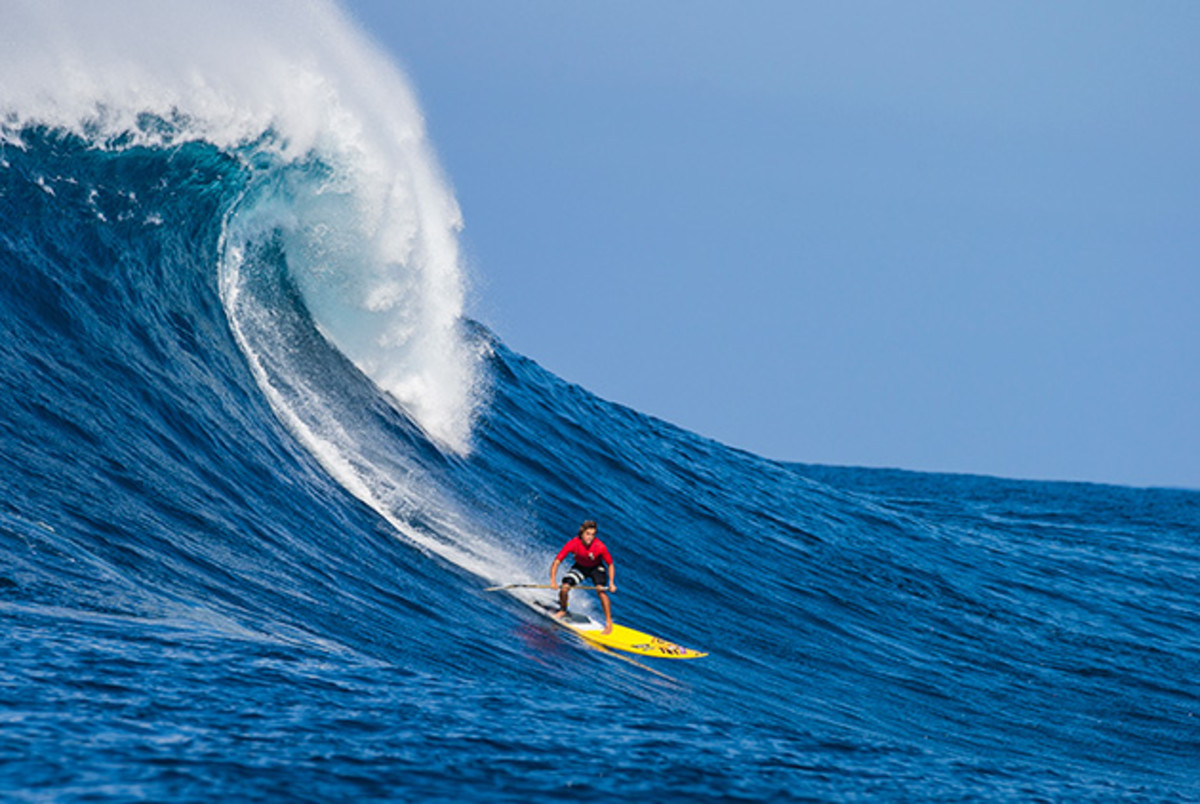
Yet Lenny also credits a host of well-known and innovating watermen, including Hamilton, Dave Kalama, Robby Naish, and Buzzy Kerbox, with helping guide his ascent.
“So many legends in different sports are here, they are all my mentors and are my biggest inspiration,” he says.
Lenny holds each of them in such esteem, he calls them his “uncles”—a gesture of deep respect in Hawaii for one’s elders.
“Kai is a part of our family,” Hamilton says. “All watermen are like a family.”
Strength in Numbers
Lenny has tried to narrow his focus. Before the start of the SUP World Series season in 2013, he attempted to limit his practice only to Stand Up Paddle race training.
The experiment lasted a week.
“I do them all every day,” says Lenny, who burns around 5,000 calories every 24 hours. “It help keeps everything fresh.”
Lenny flies in the face of the notion that a jack-of-all-trades is a master of none. Each sport informs and helps his performance in the others. When he Stand Up Paddles, he’s building core strength that aids his balance while surfing. When’s he’s windsurfing and has to grip the boom while traveling at breakneck speeds, he’s building arm strength that helps him paddle into massive waves. It’s constant cross training.
“When you do all these sports they feed into one another and that elevates your level,” Hamilton says.
SI Vault: The beloved Duke of Waikiki, from the Olympics to surfing stardom
Although Lenny sometime spends more than eight hours a day in the water rotating between his different sports, he still finds time to train on land. He does gym workouts three times a week, and also uses running workouts on the local track to help him prepare for races like Molokai 2 Oahu, a 32-mile open ocean race on SUP boards through Ka’iwi Channel, the “Channel of Bones.” Lenny first entered the race when he was 12.
Before catching a flight from Maui to Los Angeles for the U.S. Open of Stand Up Paddling, Lenny said he did a “light” day of training, since he had just returned home from a World Series contest in Hayama, Japan, and wanted to reserve his strength for the Open.
Lenny’s day started around 6:30 a.m. with a lifting and core workout at the gym, followed by running sprints on sand hills, windsurfing for two hours, and finally a massage. He insisted that was light.
“Just keeping my body moving,” he said.
The training and commitment shows up on race day. Lenny swept the long distance and the sprint races at Huntington Beach, and solidified his No. 1 spot on the SUP World Series ratings.
And Lenny’s other accomplishments sound more like nautical folklore than reality. That’s he a six-time World SUP Champion. That he became the first person to successfully windsurf across Lake Michigan in 2012 (he covered the 56 miles in two hours and 50 minutes). That he even raced Oracle Team USA's 72-foot catamaran from the Golden Gate Bridge to Alcatraz in July of 2013.
Johnny Strange: Adventure as a Way of Life
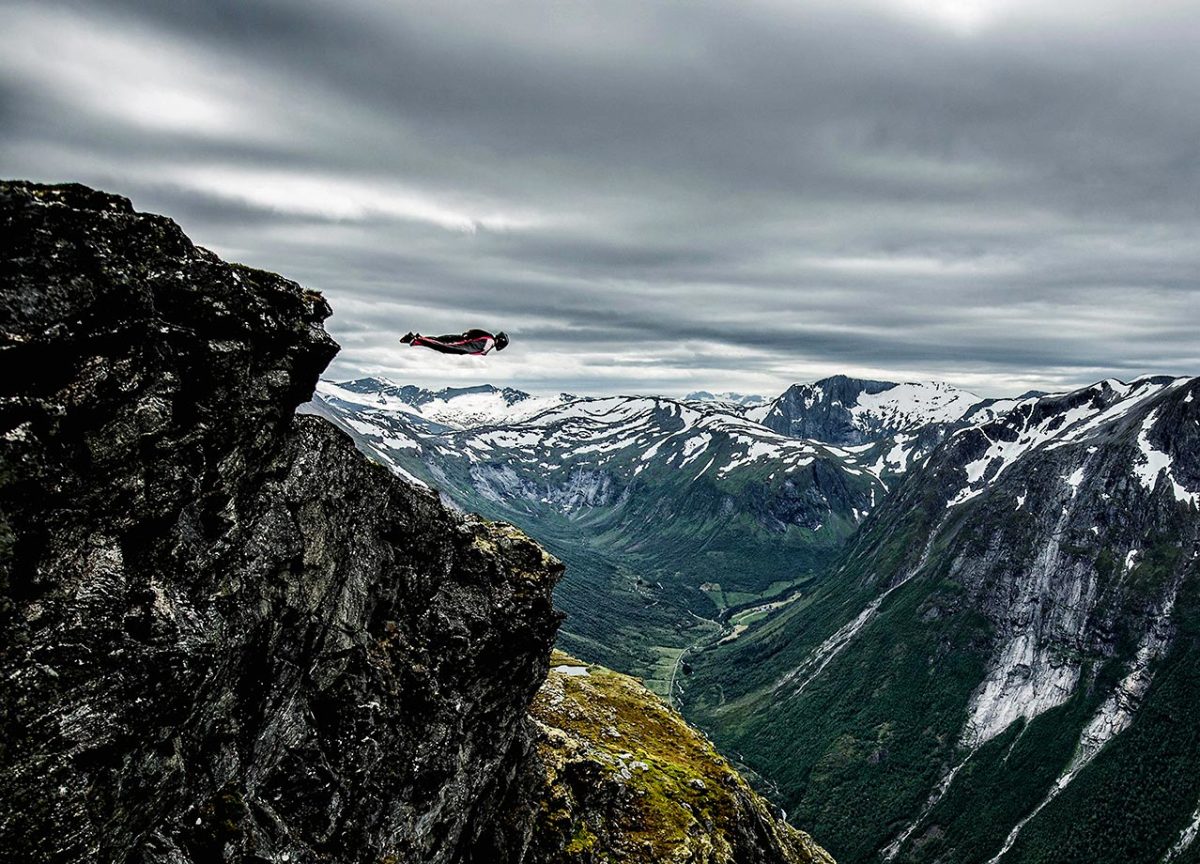
At age 12 he climbed his first world class peak, Mt. Vinson Massif in Antarctica.
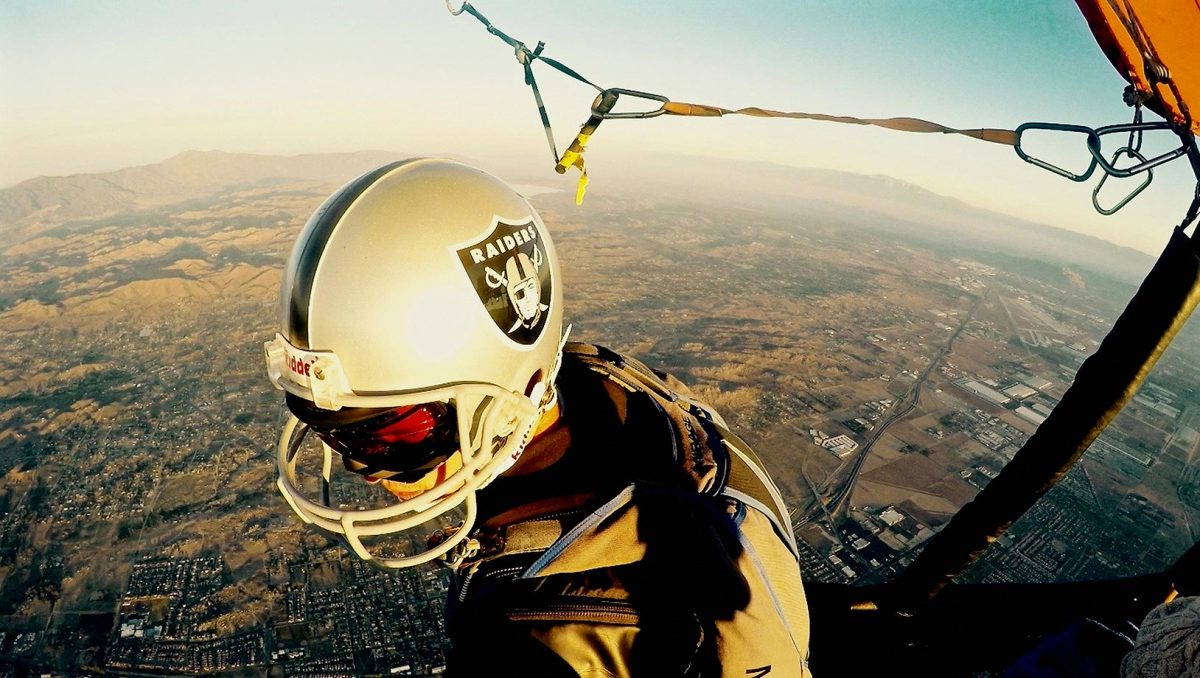
In 2009, when Strange was 17, he became the youngest person to scale the tallest peaks on each of the world's seven continents, including Mt. Everest.
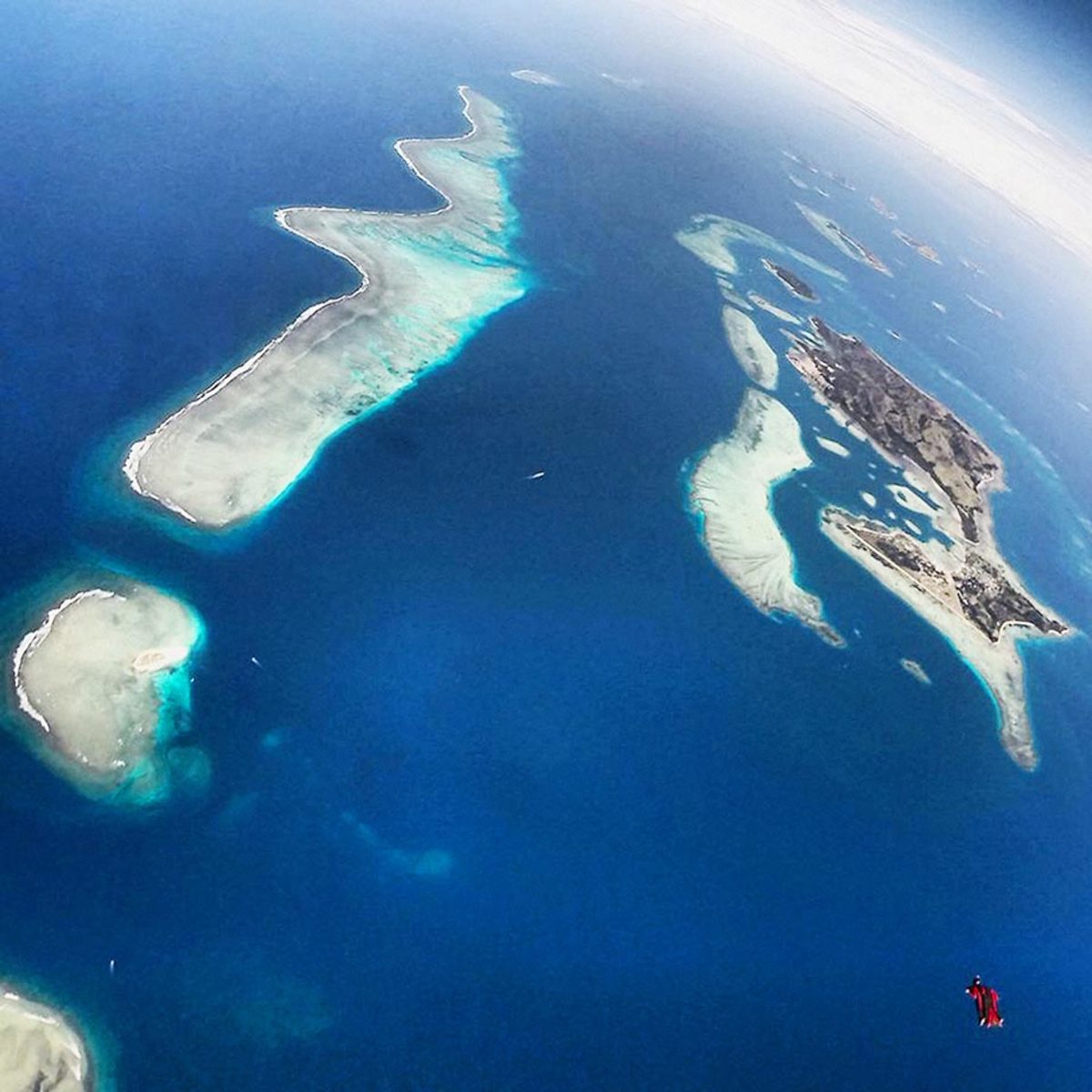
In 2011 he had reached both the north and south poles. This made him the youngest person in history to complete what is called “The Adventurers Grand Slam.”
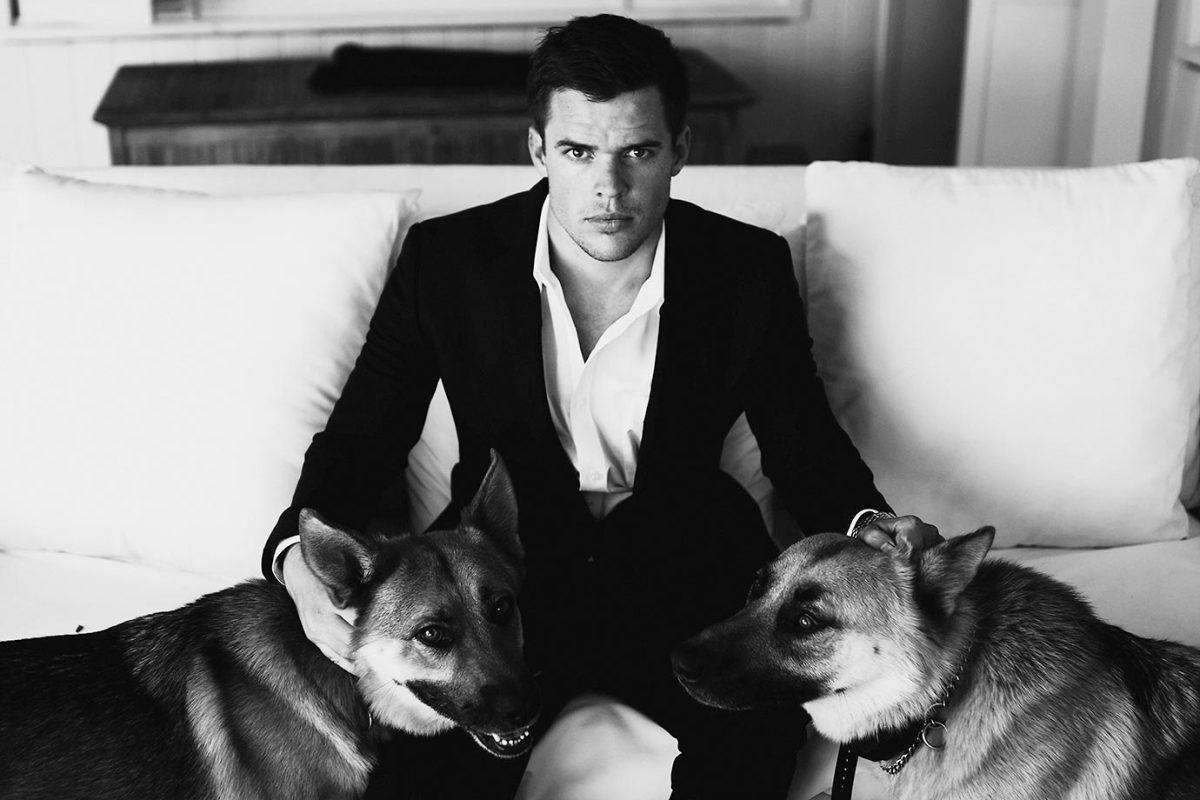
Friends such as model Gigi Hadid, who went to Malibu High with Strange, stated on her twitter feed, “He lived more in 23 years than many do their whole life.”
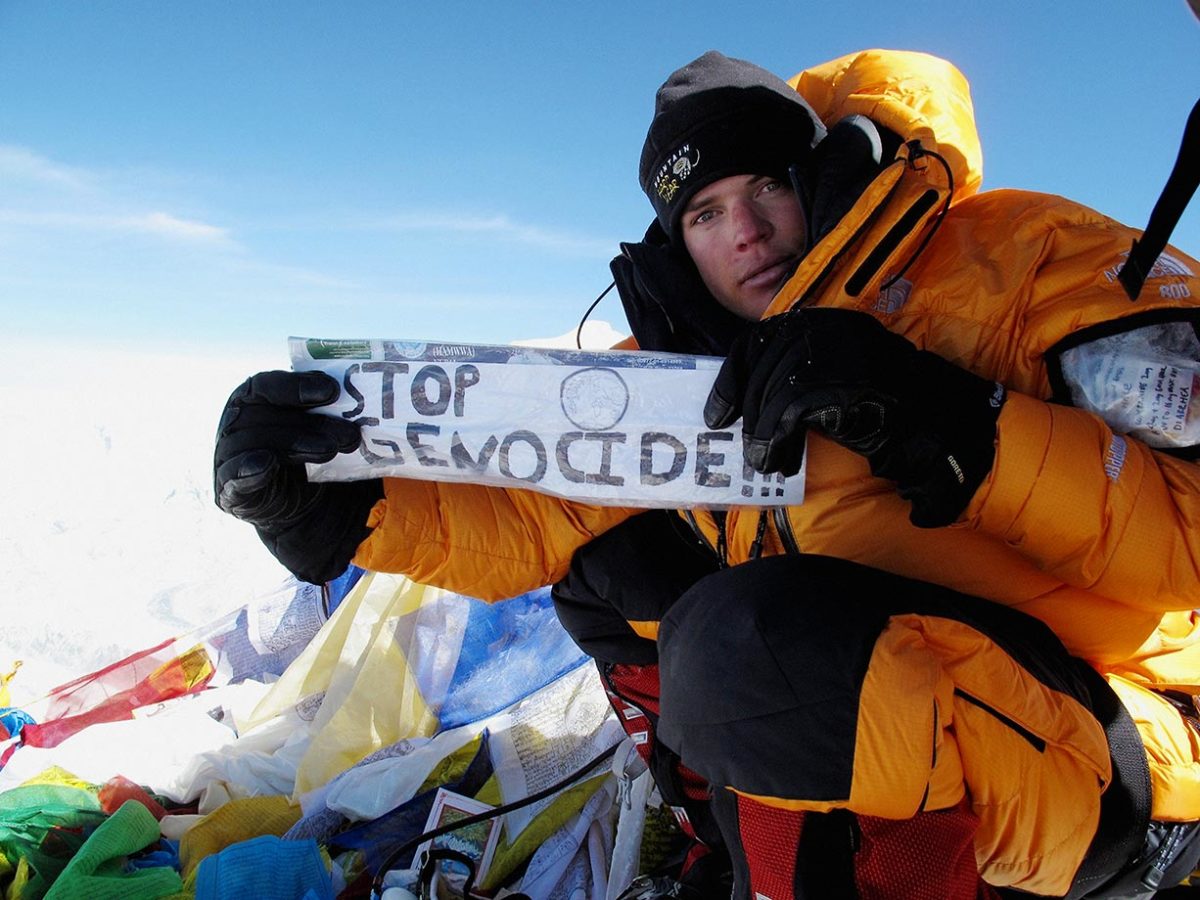
What really made him so successful was that he lived his life with purpose. He dedicated his adventures to help raise awareness about Parkinson’s Disease and bring about an end to genocide all over the world.
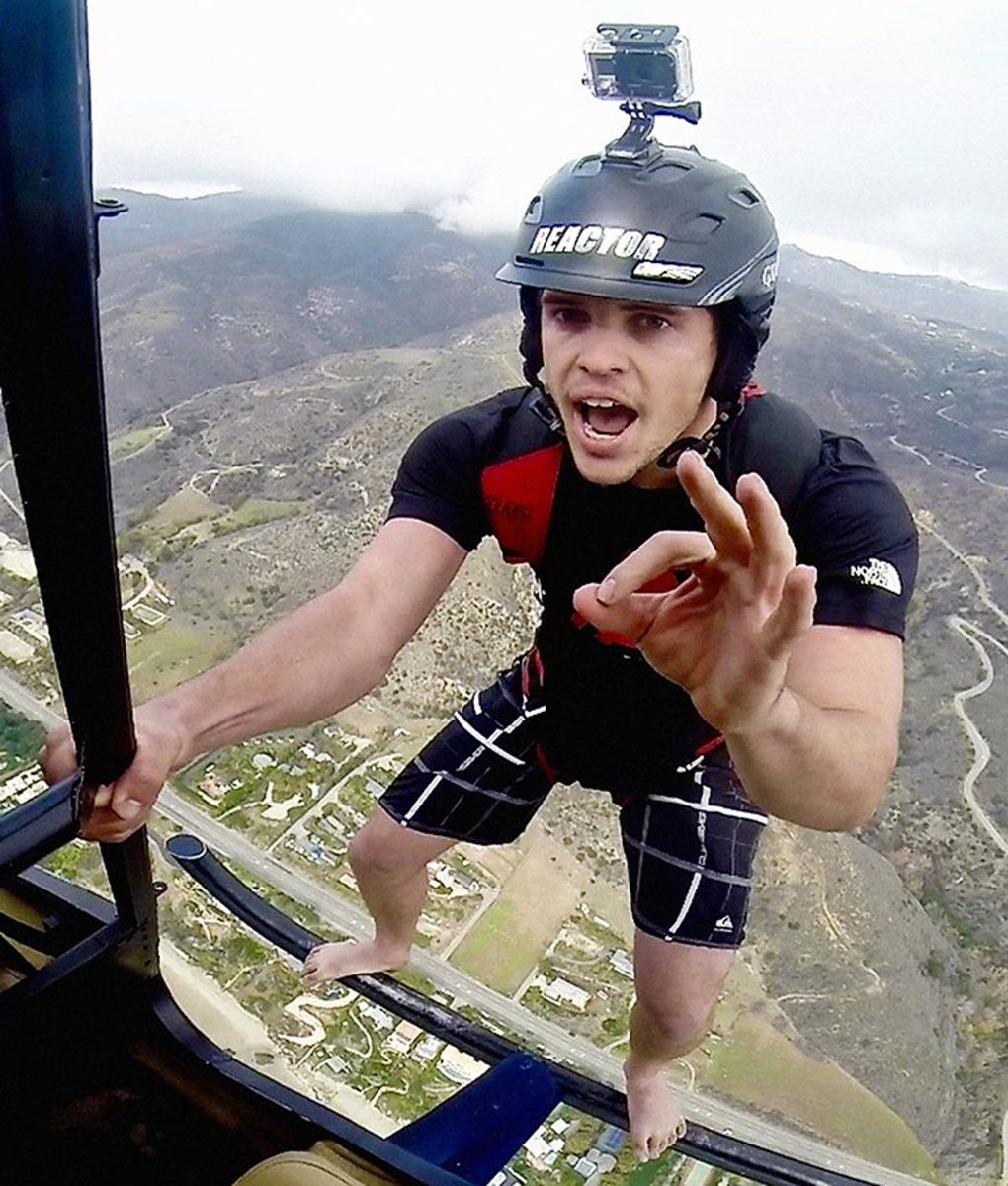
"I know some people think what I do is irresponsible because of the risk, but the day I let my fear deter my ability to follow my dreams, I have already died," he once said. "I will, as well as everyone else die someday, but on this day, I was more alive then I had ever been before.”
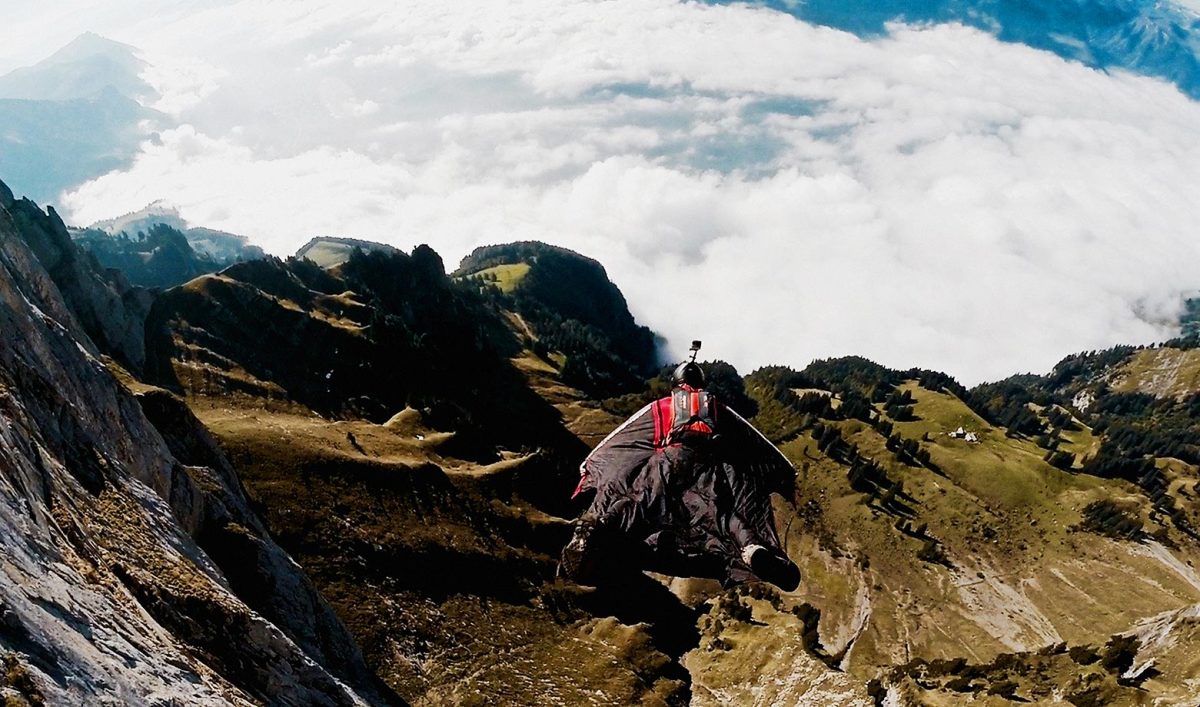
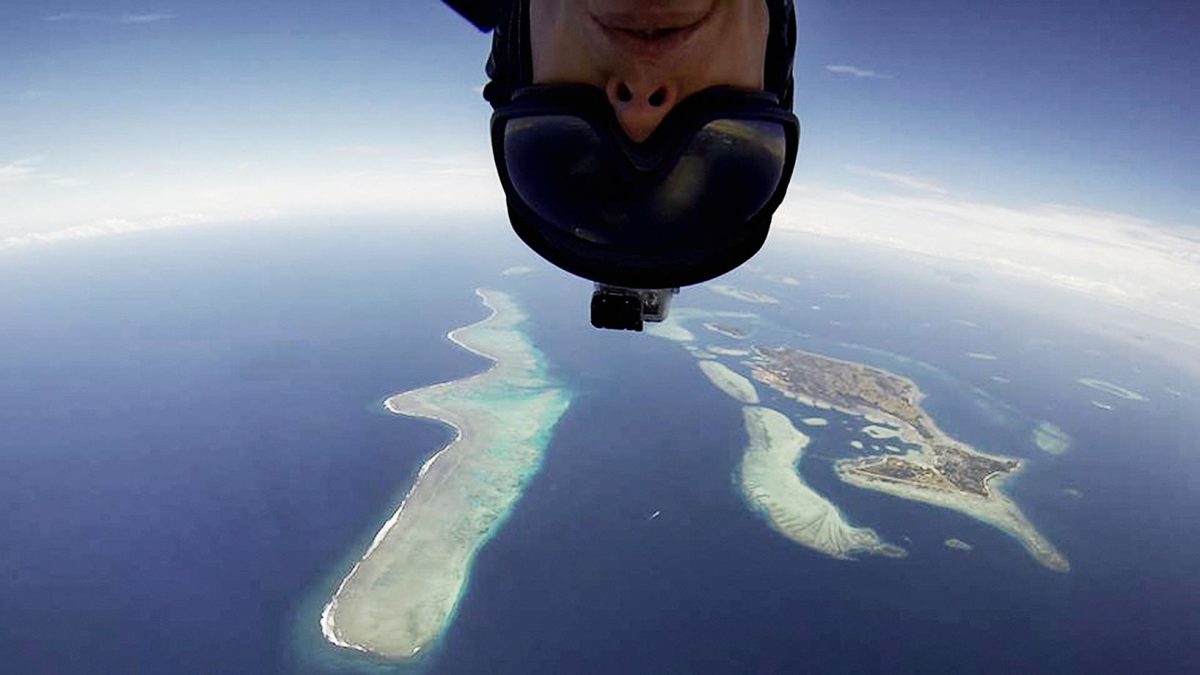
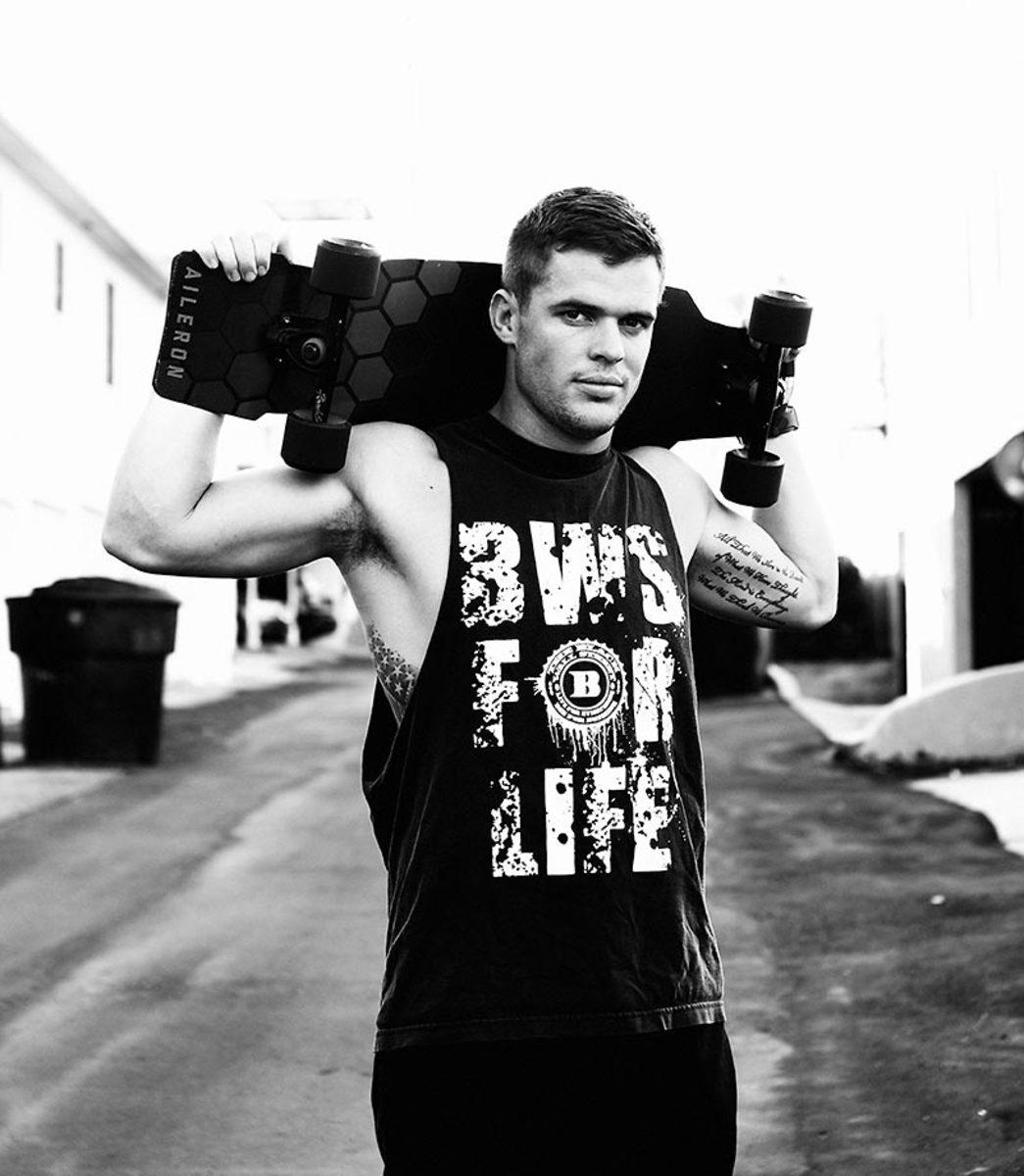
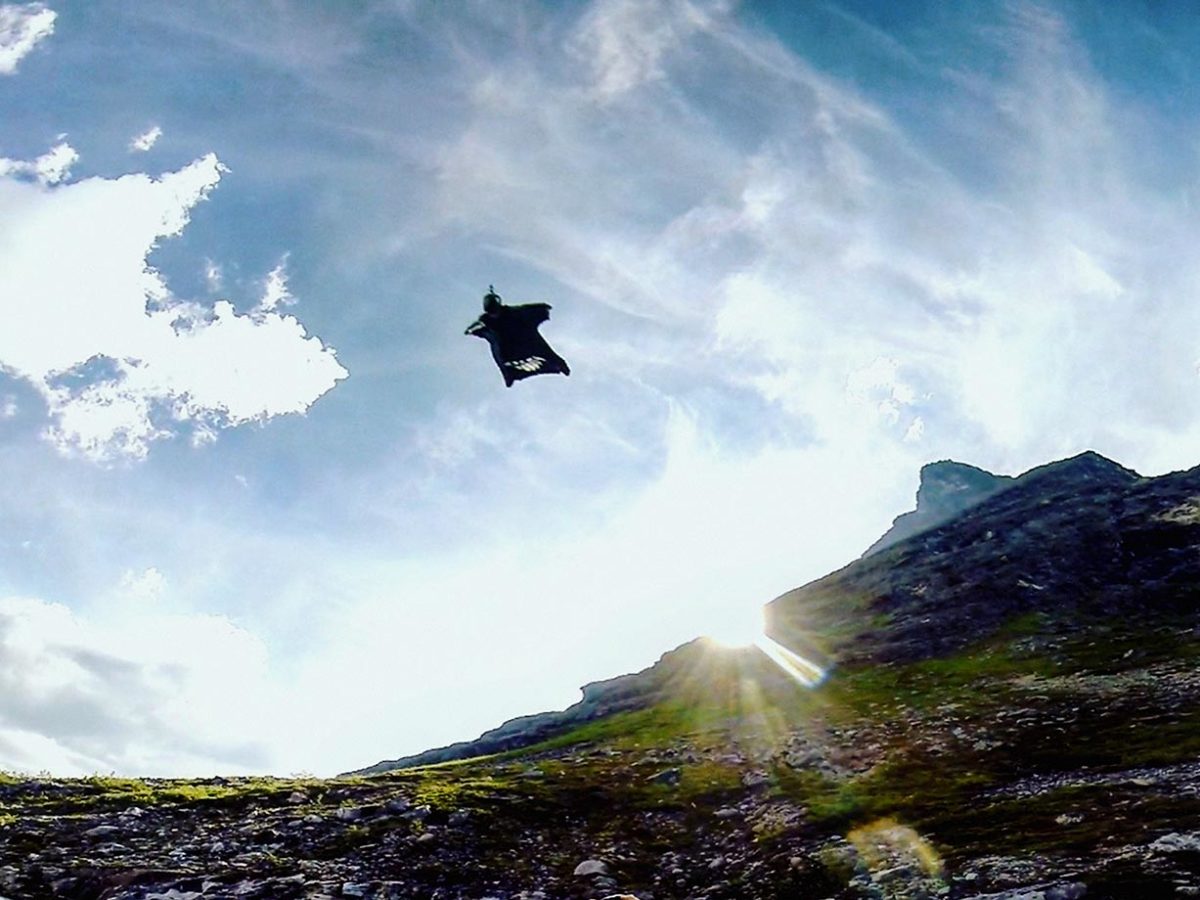
The AC72 (America’s Cup 72 class), with its 131-foot mast, carbon fiber wing, and hydrofoils that make the boat look like it's flying, weighs seven tons and costs $15 million. Lenny’s equipment? His Naishkiteboard, which costs $1,500.
“It’s like bringing a knife to a gun fight,” Jimmy Spithill, Oracle’s skipper, said.
Lenny didn’t seem daunted.
After a quick start, he pulled in front as he glided over the chop of San Francisco Bay at close to 30 mph. Once Oracle and its crew of 11 got up to speed, though, they overtook Lenny and secured the win. It was good practice. Team USA successfully defended the Cup against Team Emirates New Zealand two months later.
“How many guys have been able to say, ‘Hey, I beat Kai,’” Spithill said. “Forget about the stuff we’re using.”
Lenny doesn’t plan to enter the America’s Cup anytime soon. He’s too busy. And the goal that’s always at the top of his list as the winter approaches: “Catch really, really big waves at Jaws.”
No Place Like Home
Jaws serves as a litmus test for all big wave surfers seeking to assert their prowess, and given that it is located in Lenny’s “backyard,” he feels a special connection to the spot. The wave has also had a noticeable influence on his style.
When Lenny started surfing he was goofy footed, meaning he rode with his right foot forward. That soon changed. After seeing Hamilton and others tow-in at Jaws, where the waves break from right to left if you’re watching them from the shore, Lenny noticed Hamilton surfed with his left foot forward, or regular footed. So did Kalama and Kerbox. Lenny switched his stance to regular.
He was eight.
“When I saw my heroes riding [Jaws], I knew that I wanted to go out there and challenge it some day,” Lenny says.
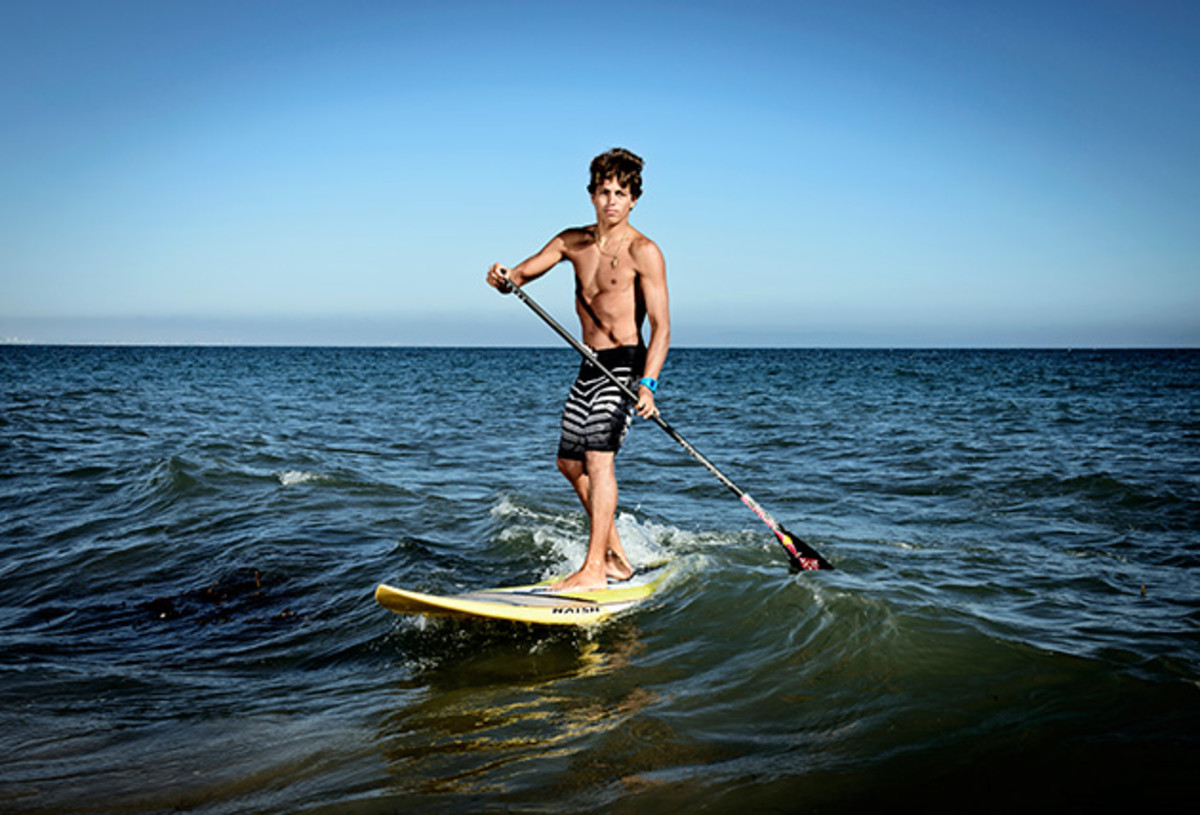
The allure of Jaws has also forced Lenny to make some quick travel adjustments. He often brings five board bags with him to accommodate all of his equipment, but is ready to pack at a moment’s notice. There was the time last year he stopped his trip to France after two days, or the time he left Thailand less than 24 hours after arriving to get back to Maui.
The waves won’t wait.
During a big swell on January 4, 2012, Lenny first entered the line-up paddling his “gun,” a board over 12 feet long that’s required to generate enough speed to catch the surf at Jaws without the aid of a jet ski. “You can only catch a couple when paddling,” he says, “but each one means so much more.”
Then he went windsurfing. Then he did some tow-ins after the wind decreased a bit. Lenny finished the session kite surfing. But while he was on one of the largest waves of the day, the strong offshore winds that filled the kite slowed Lenny down and jeopardized the ride.
“Do I blow this perfect wave or do I bail the kite and ride it?” he thought.
He let go. The kite went flying over the back of the wave and Lenny went racing down the face.
By the time he got back to the boat, he couldn’t stop smiling. He was in his natural element—after all—where he was born to be.
In Hawaiian, Kai means ocean.
“What Kai is doing out there [at Jaws] is making me proud,” Hamilton says. “It will be exciting to see what comes next.”
